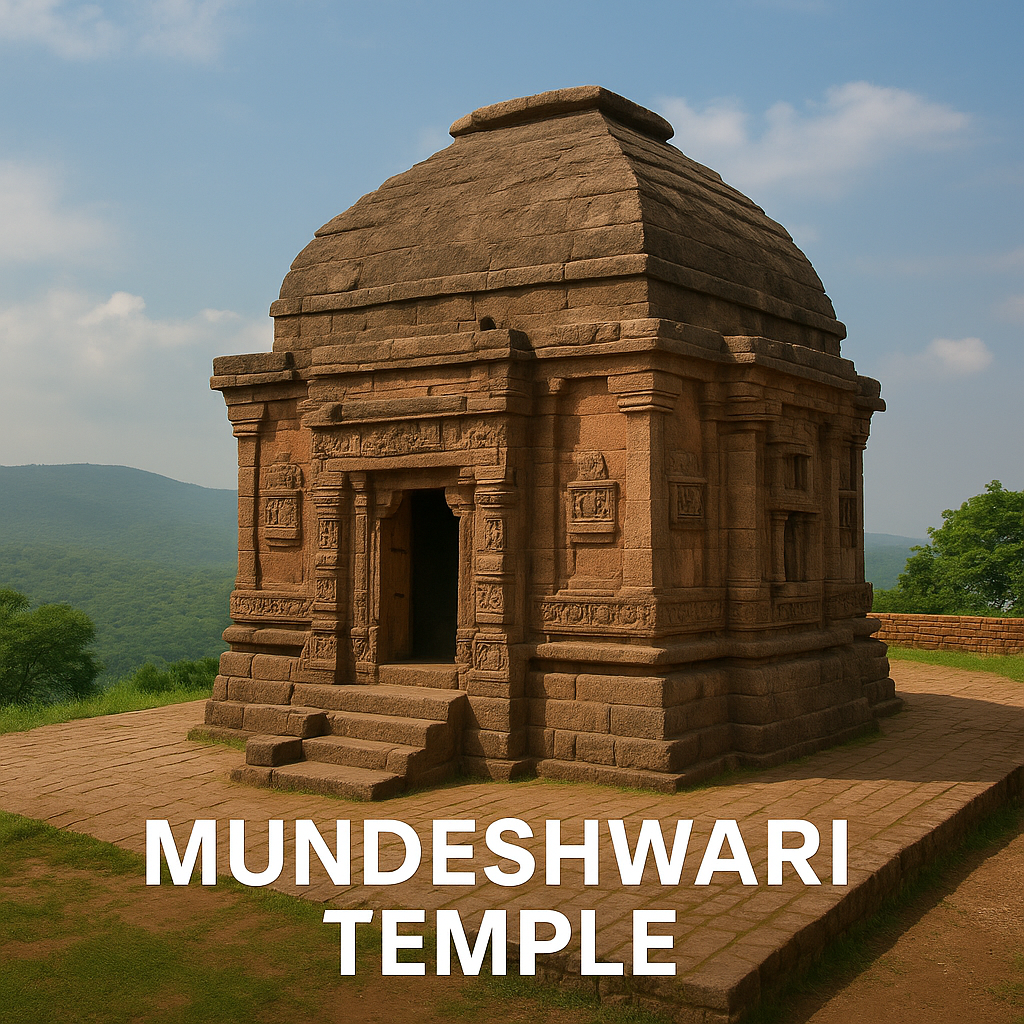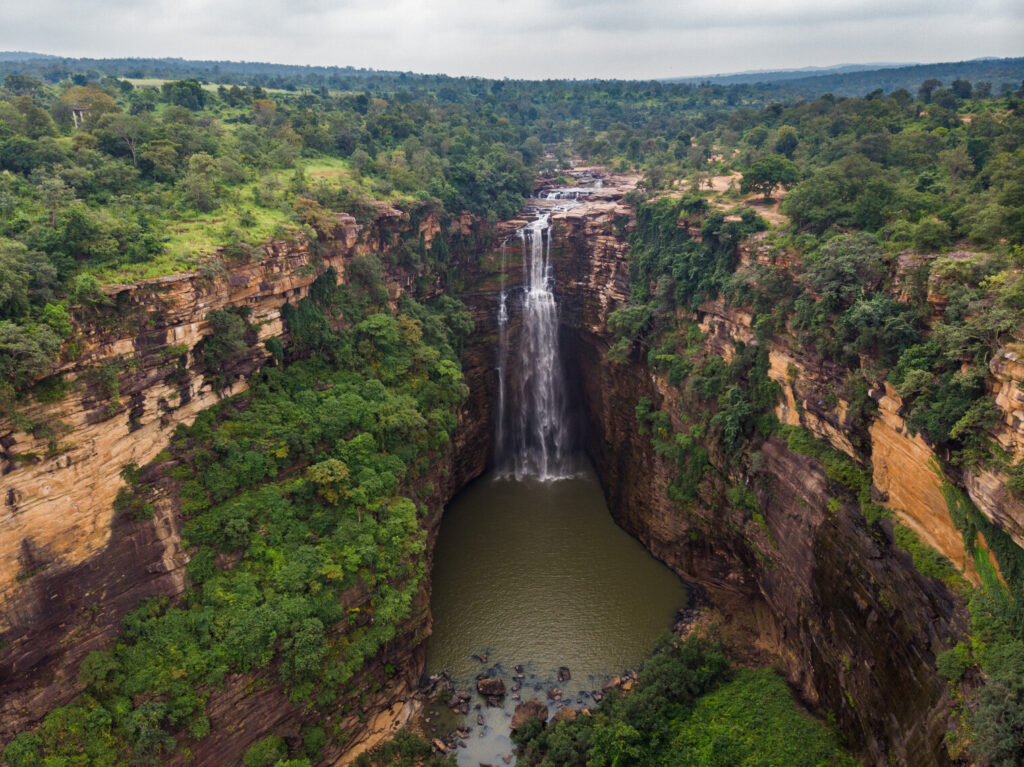Kaimur: The Untouched Natural Frontier of Bihar



Introduction
Kaimur is a district located in the southwestern part of Bihar, formed in 1991 by bifurcating Rohtas district. Known for its scenic landscapes, rich biodiversity, and historical importance, Kaimur is a lesser-explored gem that offers a blend of nature, history, and spirituality.
Geography and Natural Beauty
Kaimur is a land of hills, forests, rivers, and waterfalls, sitting at the edge of the Kaimur Range, which is part of the Vindhya Hills. The district is home to a number of eco-tourism hotspots:
Kaimur Wildlife Sanctuary – One of the largest sanctuaries in Bihar
🐅 Home to leopards, black bucks, hyenas, and diverse birdsTelhar Kund – A picturesque waterfall located in the sanctuary
Tutla Bhawani Waterfall – A sacred and serene site with a temple nearby
Mundeshwari Temple – One of the oldest functioning Hindu temples in India
This ancient temple, dedicated to Goddess Durga, is believed to date back to 108 AD. The octagonal structure of the temple is unique in Indian temple architecture and is located on a hilltop, offering breathtaking views.
Mundeshwari Temple is not only a religious site but also an archaeological marvel.
Kaimur Wildlife Sanctuary-Established in 1979, this sanctuary covers over 1300 sq. km and stretches into neighboring Uttar Pradesh. It includes rivers, valleys, and waterfalls, making it a paradise for trekkers and nature lovers.
Best Time to Visit: October to March
Ideal for: Jungle safari, birdwatching, trekking, photography
Historical Significance
Kaimur has archaeological evidence of Stone Age settlements. The caves and rock paintings found in Rohtas Plateau and surrounding areas show that human habitation in this region dates back thousands of years.
Economy & Agriculture
Major crops: Paddy, wheat, pulses, mustard
Key industry: Stone quarrying and crushing, due to the hill ranges
Handicrafts and local forest-based products are part of the rural economy
Connectivity
Nearest City: Bhabua (district HQ of Kaimur)
Rail: Bhabua Road Railway Station on the Howrah–New Delhi route
Road: NH-19 (formerly NH-2, Grand Trunk Road) passes through the district
Air: Nearest airport is Varanasi (~90 km)
Tourist Itinerary Suggestion
Day 1: Bhabua → Mundeshwari Temple → Telhar Kund
Day 2: Kaimur Sanctuary Jungle Safari → Tutla Bhawani
Day 3: Trekking & Rock Art Exploration in hills
Conclusion
Kaimur is a natural and cultural powerhouse that has remained under the radar. With ancient temples, forest trails, and wildlife, it is a perfect destination for spiritual seekers, eco-tourists, and history enthusiasts alike.
